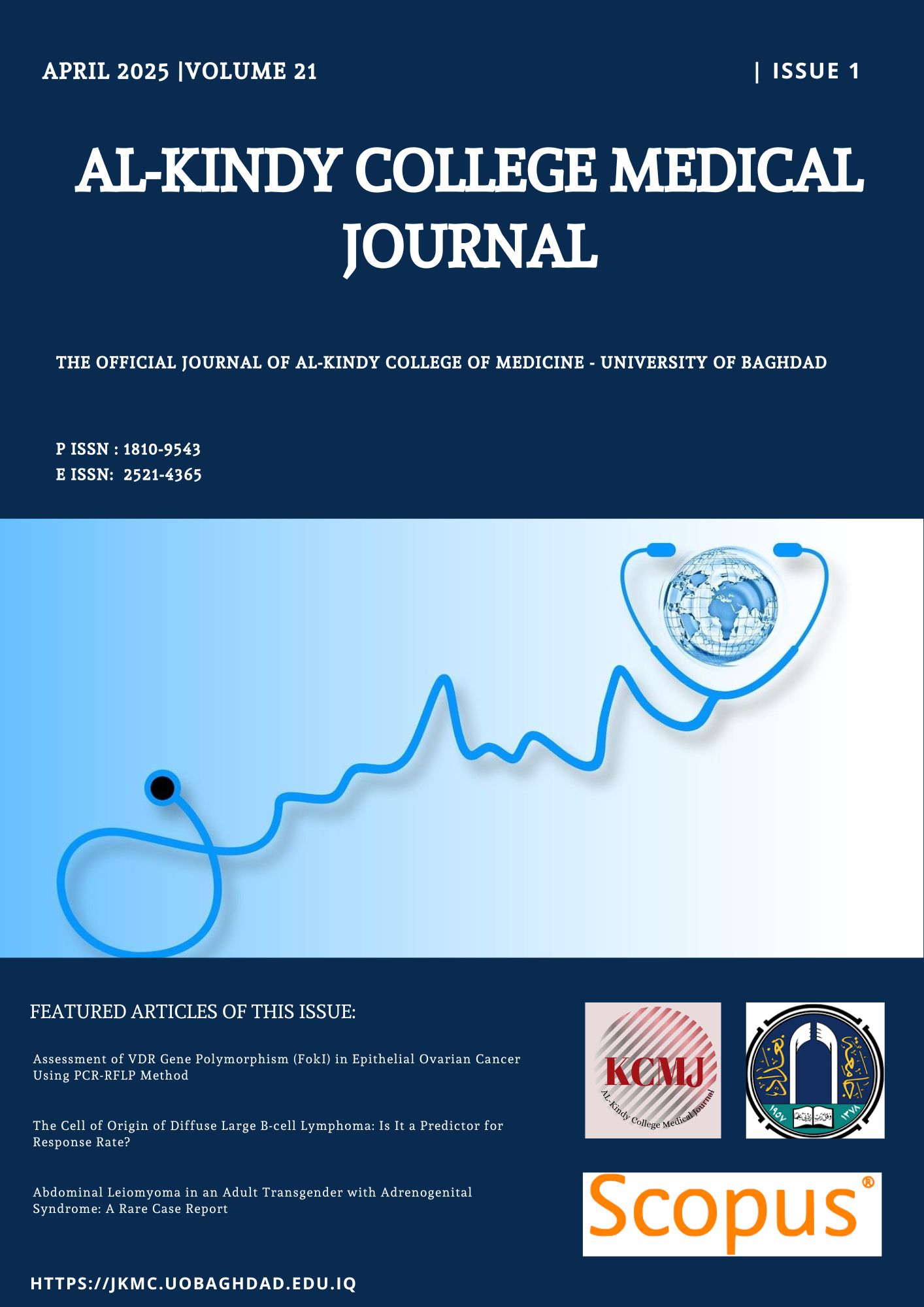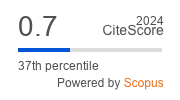Fibroblast Growth Factor Receptor 3 Mutations in Bladder Cancer: A Marker for Early-Stage Diagnosis
DOI:
https://doi.org/10.47723/cp575x89Keywords:
Bladder Cancer, Formalin Fixed Paraffin-Embedded Samples, Iraqi bladder cancer, FGFR3 S249C MutationAbstract
Background: Bladder cancer (BC) ranks as the tenth most common cancer globally, with a high recurrence rate. It is primarily caused by abnormalities in the epithelial layer lining the bladder and is classified from non-muscle invasive bladder cancer (NMIBC) to muscle-invasive bladder cancer (MIBC). Fibroblast Growth Factor Receptor 3 (FGFR3) S249C mutation is frequently observed in low-grade NMIBC but are rare in high-grade NMIBC and MIBC, leading to continuous receptor activation and promoting tumor growth.
Objective: This study aims to investigate the prevalence of FGFR3 S249C mutation in Iraqi BC patients, assess their association with tumor stage and grade, evaluate the potential of FGFR3 mutation as an early-stage diagnostic marker, and discuss implications for public health policy.
Subjects and Methods: The study was conducted at Al-Safeer Hospital, Karbala, Iraq. It included 60 individuals diagnosed with urothelial BC (50 males, 83.3%; 10 females, 16.4%) with a median age of 63 years. Tumor tissue samples from patients undergoing Transurethral Resection of Bladder Tumor (TURBT) were used. DNA was extracted from formalin-fixed paraffin-embedded (FFPE) tumor tissue samples, and FGFR3 mutations were examined through direct DNA sequencing, focusing on the S249C mutation in exon 7. The prevalence of the S249C mutation was analyzed in relation to tumor stage and grade.
Results: The study revealed a significant prevalence (55%) of the S249C mutation. This mutation was more frequent among males and individuals over the age of 50 years. There was a higher incidence of BC in males (83.3%) compared to females (16.7%), especially in those aged 50 years and older. Histomorphological evaluations showed a considerable number of tumors classified as low-grade. Furthermore, pathological staging results identified pT1 as the most common stage, followed by pTa and pT2, underscoring the predominance of early-stage tumors within the study population.
Conclusions: This study highlighted the significant prevalence of FGFR3 S249C mutation in Iraqi BC patients. FGFR3 mutations were strongly associated with early-stage and low-grade tumors, indicating their potential as a molecular marker for early diagnosis.
Downloads
Published
Issue
Section
License
Copyright (c) 2025 AL-Kindy College Medical Journal

This work is licensed under a Creative Commons Attribution 4.0 International License.














